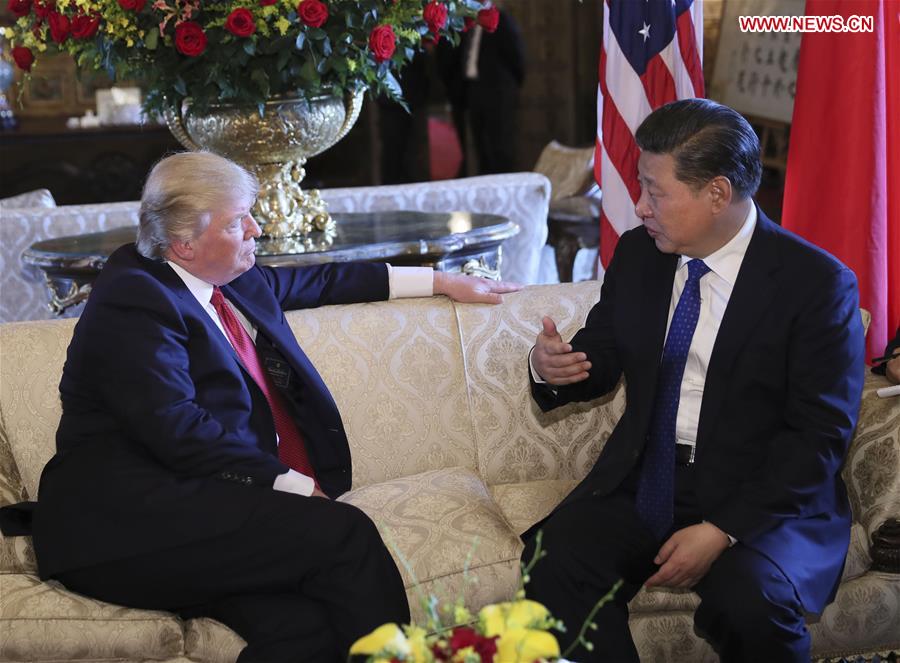 Global Times ( 11 October 2018) – With the Sino-US trade war escalating, a detailed analysis of the US tariff lists could enable rational judgments about China’s position in the trade row.
Global Times ( 11 October 2018) – With the Sino-US trade war escalating, a detailed analysis of the US tariff lists could enable rational judgments about China’s position in the trade row.
Generally speaking, the two tariff lists – which cover $50 billion and $200 billion worth of Chinese goods – mainly target products with small export volumes to the US or those for which substitutes are easily available elsewhere.
Chinese goods with large export volumes appear to be less affected. For instance, in the tariff list for $200 billion in Chinese goods, 27 percent of the products under the “electrical motor, electrical equipment, audio-visual equipment and parts” (HS85) category are subject to the new tariffs. Up to 79 percent of the products under the “vehicles and parts” (HS87) category are on the tariff list.
In 2017, Chinese exports of HS85 products to the US totaled $150 billion, accounting for 28.5 percent of China’s total exports to the US. Chinese HS85 products held a 42 percent market share in the US, but the market share of vehicles from China was only 5 percent.
To a certain extent, the tariff lists indicate that China’s position in the global supply chain for certain products is unlikely to be taken up by other countries in the short term. For example, exports of HS85 products from the Chinese mainland and Hong Kong account for 44.6 percent of the global trade of such goods.
In the medium and long term, a transfer of manufacturing out of China may be the biggest challenge for the nation. If the Sino-US trade war continues, many manufacturers will have to consider moving production out of China to avoid US tariffs.
From site selection to investment, construction and production, it can take years to start manufacturing in a new place. Moreover, unlike some low-end processing industries, most electrical and mechanical products involve complex manufacturing processes. These sectors require capital investment, supporting industries and a large number of professional workers.
Take Apple as an example. With a relatively low-cost yet skilled labor force, China has most of the supporting industries needed for Apple’s production line. Getting a plant built may take only a year or so, but a comprehensive base of supporting industries and labor training will take three to five years or even longer.
This transfer will have a huge impact on China, which must be prepared, but the difficult and time-consuming process of such a shift will buy some time for China to respond and seize the strategic initiative. China should not waste this opportunity.
As to coping with the trade war, in the short term, China must do its best to minimize the negative impact of trade friction by means of hedging policies. There can be no winner in the trade war. Both China and the US will face pressure from economic slowdowns and higher prices. Therefore, objective and rational judgment is needed to avoid unwarranted optimism or pessimism.
The demand for infrastructure investment is still huge in China, and it can offset the decline in exports and alleviate the pressure from an economic slowdown. So far this year, due to factors such as the effort to clean up local governments’ implicit debts, infrastructure investment has fallen sharply.
But with the authorities striving to bridge infrastructure gaps, the investment potential for infrastructure construction will be released. Meanwhile, inflation in China is expected to rise only modestly, which will help maintain the overall stability of monetary policy while raising nominal incomes and lowering the macro-leverage ratio.
Moreover, the China-US trade war has been mostly priced into the stock, bond and foreign exchange markets.
In the medium and long term, China must deepen market-oriented reforms, accelerate industrial upgrading and strengthen the advantages of its industrial chain.
Initially, China should keep calm and turn the trade pressure into a positive force to accelerate the upgrading of its industrial structure. Also, it should expand opening-up to the world so it can actively integrate into the global value chain, using the advantages of its industrial chain.
But the final, crucial moment of the trade war between China and the US hasn’t arrived yet. There may be no substantial change in the bilateral trade scale and respective balances this year or the next, which will likely lead to miscalculations and complacency.
So far, the US tariff attack hasn’t touched China’s manufacturing advantages, so as to give US importers some time to reorganize their supply chains. That’s absolutely in line with US interests.
If China doesn’t cope with the situation properly, it may lose its position in the global supply chain, which will have severe consequences. The urgent priority for China now is to manage its own affairs well.
Deepening market-oriented reform, improving the business climate, stabilizing expectations of market participants and stimulating the vitality of private capital and foreign investment is the only path for China’s rise.
The article was compiled based on a research report by Ding Anhua, chief economist at China Merchants Securities Co. [email protected]

